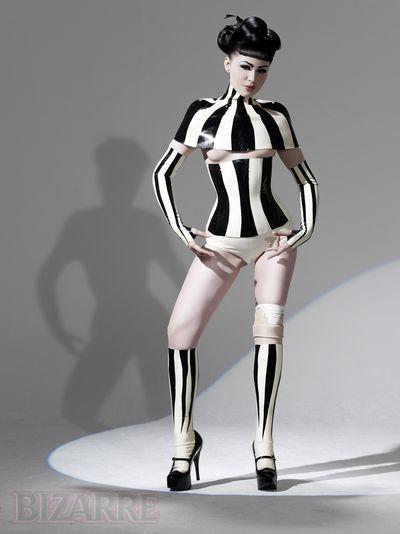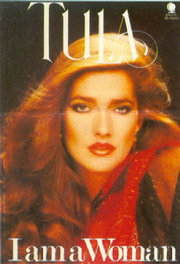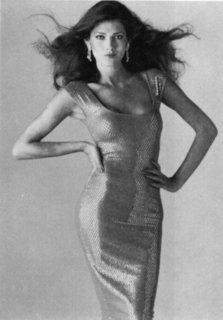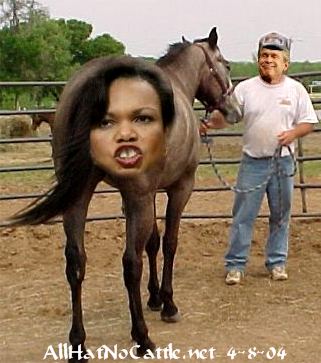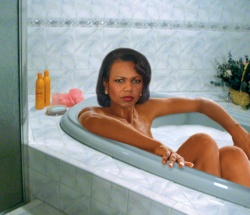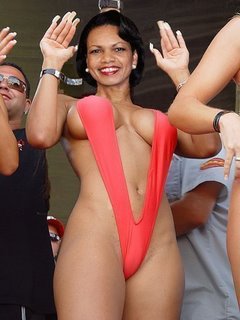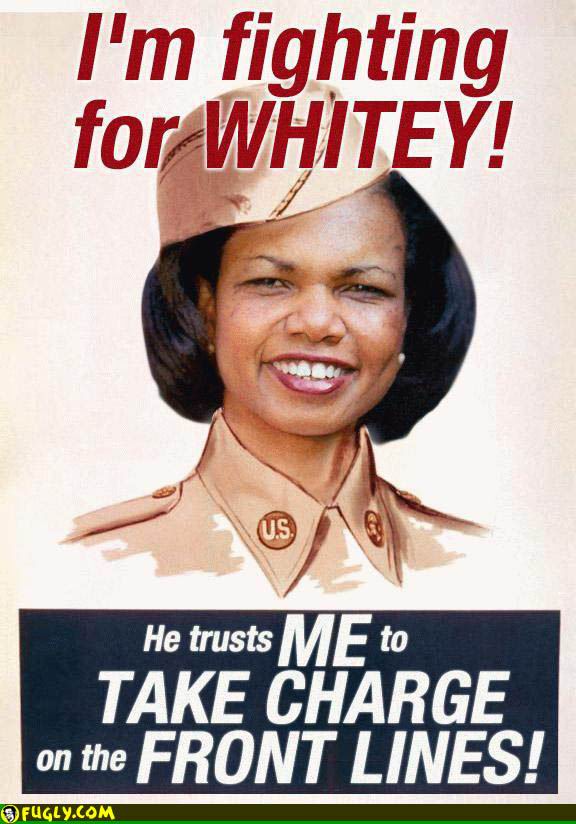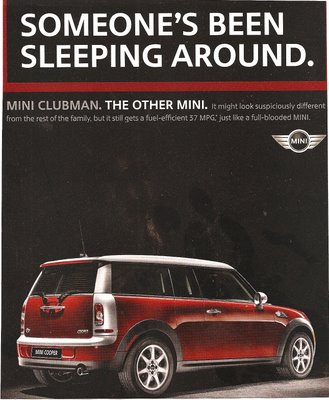Miguel pointed out that AskMen.com collected a list of “worst male-bashing ads,” all of which represent men as morons or useless oafs. Here are some of them:
1st for Women, a South African auto insurance company that only insures women:
A Domino’s ad in which the wife laughs at her husband’s sexual overtures:
A Sony Cyber-shot ad that depicts men as a horse’s ass (it’s the first clip; for some reason there are some FedEx clips afterward):
Men as easily manipulated by flirty women:
These might be useful for a discussion of masculinity and portrayals of men as idiots and morons, especially regarding family life, which serves to reinforce the idea that men can’t be trusted to cook or clean or care for children because they’ll just mess it up. Although it doesn’t come up in these ads, it’s also good to bring in the class element we see in shows like “King of Queens,” “The Simpsons,” “According to Jim,” and “Married with Children,” which all have working-class, generally pot-bellied idiot husbands married to smart, gorgeous women who sigh and put up with their childish behavior.
Also see the earlier post of a Roomba ad that portrays the husband as a literal ass (this ad also made it into the AskMen list).
Thanks, Miguel!
Gwen Sharp is an associate professor of sociology at Nevada State College. You can follow her on Twitter at @gwensharpnv.





